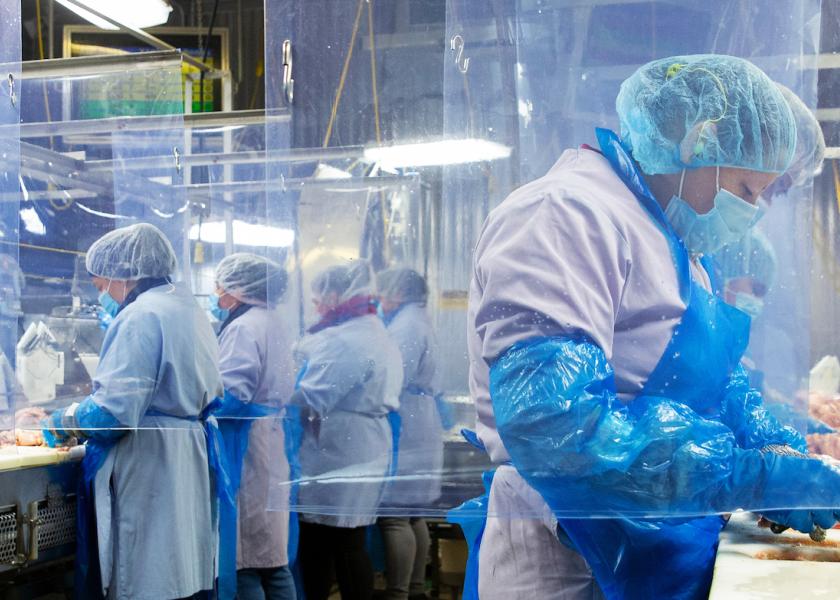Nalivka: Shedding Light On Packer Capacity

The topic of beef packer capacity remains a critical industry concern. It plays an important role across the entire red meat supply chain from the ranch to the packer/processor through distribution to the sale of the final product in a supermarket or restaurant. It is particularly important in this very competitive industry where economies of scale are a primary element of business success.
Production capacity applies to the entire chain of the assembly process in a manufacturing plant or in the case of packer, the “disassembly” process beginning with slaughter through fabrication and value-added processing. However, we often view capacity in packing plants in terms of slaughter capacity – the daily kill. That is the basis for the capacity estimates compiled and published by Sterling Marketing for clients. I have created these capacity lists since 1988.
Based on my current capacity estimates for fed cattle plants and cow plants, those figures suggest beef packer industry capacity as measured by slaughter capacity is ample, which brings up the next term – utilization. Capacity entails total production potential for a facility while utilization speaks to what share of the production potential is actually used. This is an important distinction in this discussion. I often comment that the economics of capacity in a packing plant is not unlike a ranch or a feedlot. While ranch carrying capacity is measured by forage and a feedlot is pen space, economies of scale are key to the business success of all three as are capacity utilization. Simply put, optimal capacity utilization is important on a ranch, in a feedlot, and in a packing plant.
Beef packer capacity is best measured by total throughput capacity including slaughter, fabrication, and further-processing, particularly when considering the industry is increasingly driven by the value-added further processing. While measuring industry capacity to include these plant functions is difficult, the importance in the current discussion concerning capacity is significant. The impact of protocols to protect against COVID and the current tight labor situation is largely realized in the fabrication and further-processing areas of the plant. So, a plant might run the kill floor at capacity, but those cattle still have to be fabricated and processed and that is where the squeeze on capacity utilization occurs, not to mention costs have increased substantially as a result.
Also, and just as important, is the need to renovate plants as many, if not most of the plants are old and by age alone, need renovation. Aside from age, plants needed to be upgraded and brought to the demands and standard of the industry in 2021 and going forward, particularly as global beef demand grows. This includes permanent modifications with the protocol put in place for infectious disease. The packing industry is investing in its assets just as feedlots require renovation and upgrades to the mill or the ranch invests in improvements to the grazing resource and buildings.
The issue of packer capacity is complex. It entails much more than what meets the eye and must be thought of and viewed from a broader business perspective. Do we need additional capacity? There will be new plants with some already on the books or under construction. However, the industry is not constrained from lack of capacity. Renovating and upgrading plants to meet new standards might be a better answer as herds and cattle supplies decline into 2022.







